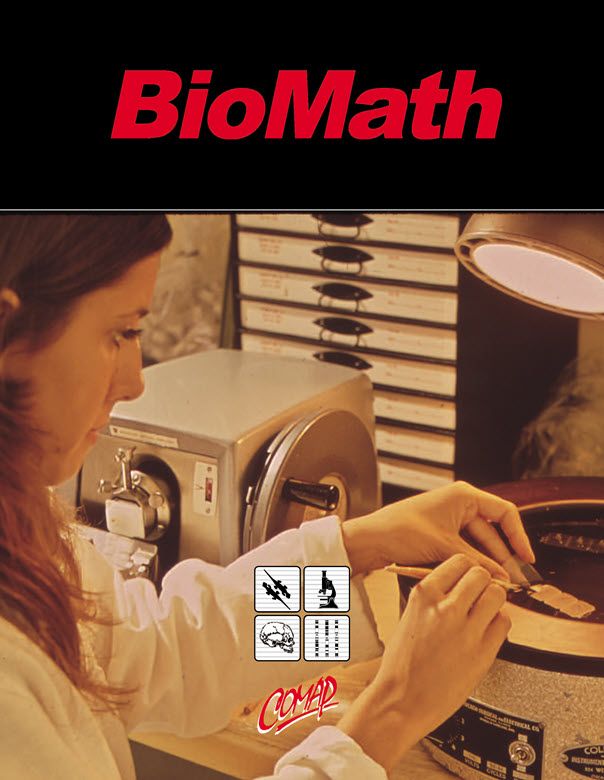Biostatistics in Practice : Using Statistics To Discover Links Between Eating Behaviors And Overweight Children (Teacher)
Author: Published by COMAP, Inc. in conjunction with DIMACS, Rutgers University.
What is the BioMath Connection (BMC) Project?
BMC was a pioneering project linking biology and mathematics in the high schools. It provided an opportunity for high school teachers, writers, researchers, and others to get in on the ground floor of developing innovative classroom materials. The materials consist of 20 modules that can be flexibly adapted for use in a variety of courses at a variety of grade levels in both biology and mathematics. The project was run by DIMACS at Rutgers University in collaboration with the Consortium for Mathematics and its Applications (COMAP) and Colorado State University (CSU).
Biostatistics (a contraction of the words biology and statistics) is the application of statistics to topics in biology. This unit deals with two biological contexts. In Lesson 1 students look for factors that help them estimate a person's age. They use dotplots and numeric summaries for center and spread to analyze data from team age estimates. Lessons 2 - 4 are based on the Infant Growth Study that sought connections between eating behaviors in children and being overweight. Students grapple with determining which factors are the best indicators that a child is overweight. Using scatterplots and regression lines, students study relationships between various factors (BMI at age 4, rate of eating during test meal, calories consumed during test meal) and BMI at age six. After creating binary variables (overweight (yes/no), exceeded recommended dinner Calories at test meal (yes/no)), students again search for relationships between factors and the variable overweight. This time the statistical analysis is based on two-way tables and calculating percentages.
Topics
Biology: Scientific method, national health problem of increasing rates of childhood obesity, identification of being overweight (use of weight, BMI, CDC Growth Charts for boys and girls), waist circumference, analysis of factors that might contribute to being overweight.
Mathematics: Statistical tools for analyzing data on one and two variables. Tools for one-variable analysis include numeric summaries for center and spread (mean, median, range, interquartile range, percentiles), five-number summaries, dotplots, boxplots, 1.5√óiqr rule for identifying outliers. Tools for two-variable analysis include scatterplots, regression lines, residual error, R2, and using the regression equation to make predictions. Tools for analyzing two categorical variables (such as binary variables) include two-way tables and percentages.
Prerequisites
Biology: Some exposure to the scientific method.
Mathematics: Plotting ordered pairs; graphing, evaluating, and determining slope of linear equations; percentage calculations.
Length
This unit consists of 5 lessons and will take 6 - 8 class periods (45 minutes each) if the majority of work is done during class. Length will vary depending on whether students complete the project and/or the optional activity on regression.

Mathematics Topics:
Application Areas:
Prerequisites:
You must have a Free Educator Membership or a paid Full Membership to download this resource.
If you're already a member, login here.